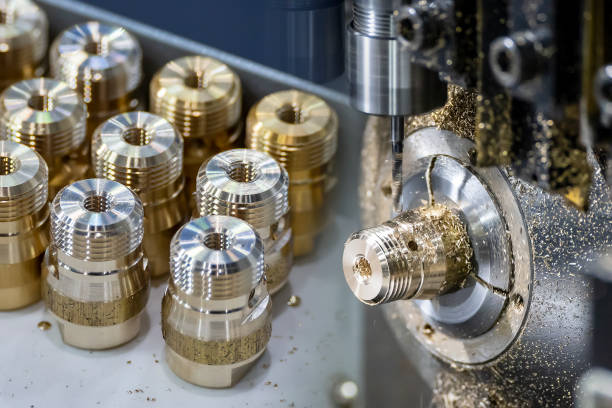Introduction
In the world of manufacturing, precision and customization are paramount. Custom fastener manufacturing is one such domain where the exact specifications of fasteners are tailored to fit unique requirements across various industries. Among the specialized components produced, draft inducers stand out for their critical role in ensuring efficient airflow in various applications.
Understanding Custom Fastener Manufacturing
Custom fastener manufacturing involves the production of bolts, screws, nuts, and other fastening components according to specific dimensions, materials, and performance criteria. Unlike off-the-shelf fasteners, custom ones are tailored to meet precise requirements, whether it’s in terms of size, strength, or environmental conditions.
Key Aspects of Custom Fastener Production
Precision Engineering
Custom fasteners undergo meticulous engineering to ensure they meet exact specifications. This involves precise measurements, material selection, and manufacturing processes to achieve the desired quality and performance.
Material Selection
The choice of material is crucial in custom fastener manufacturing. Factors such as strength, corrosion resistance, and temperature tolerance dictate the selection of materials like stainless steel, titanium, or specialty alloys.
Quality Assurance
Stringent quality control measures are implemented throughout the manufacturing process to maintain consistency and reliability in custom fasteners. This includes testing for dimensional accuracy, material strength, and surface finish.
Specialized Coatings
Custom fasteners often require specialized coatings or finishes to enhance their performance and durability. Options include corrosion-resistant coatings, lubricants, and surface treatments tailored to specific applications.
Applications of Custom Fasteners
Custom fasteners find applications across a wide range of industries, including automotive, aerospace, construction, and electronics. They play a vital role in assembling machinery, securing structural components, and ensuring the integrity of critical systems.
Draft Inducer: A Specialized Fastener Component
Draft Inducer is a specialized component essential for optimizing airflow in HVAC systems and industrial equipment. These inducers, often in the form of specialized fasteners, create negative pressure to exhaust gases and fumes safely. Custom manufacturing of draft inducers ensures compatibility with various ventilation systems and environmental conditions.
Challenges and Innovations
Complex Requirements
Meeting the diverse requirements of different industries poses a challenge in custom fastener manufacturing. Innovations in design and production technologies help address these complexities effectively.
Cost Optimization
Customization often comes with increased production costs. Manufacturers continuously seek innovative approaches to optimize processes and reduce production expenses without compromising quality.
Future Trends
Advanced Materials
The use of advanced materials, such as composites and nanomaterials, is expected to grow in custom fastener manufacturing, offering superior performance and durability.
Additive Manufacturing
Additive manufacturing technologies like 3D printing are revolutionizing custom fastener production by enabling rapid prototyping and intricate designs with minimal material waste.
Conclusion
Custom fastener manufacturing plays a crucial role in meeting the specific needs of industries where standard solutions fall short. From precision engineering to specialized coatings, these custom components ensure the reliability and performance of machinery and structures. Among these components, draft inducers stand out for their unique role in optimizing airflow in various systems, highlighting the importance of customization in addressing specific challenges across industries. As technology continues to advance, custom fastener manufacturing will remain at the forefront of innovation, driving efficiency and reliability in diverse applications.
